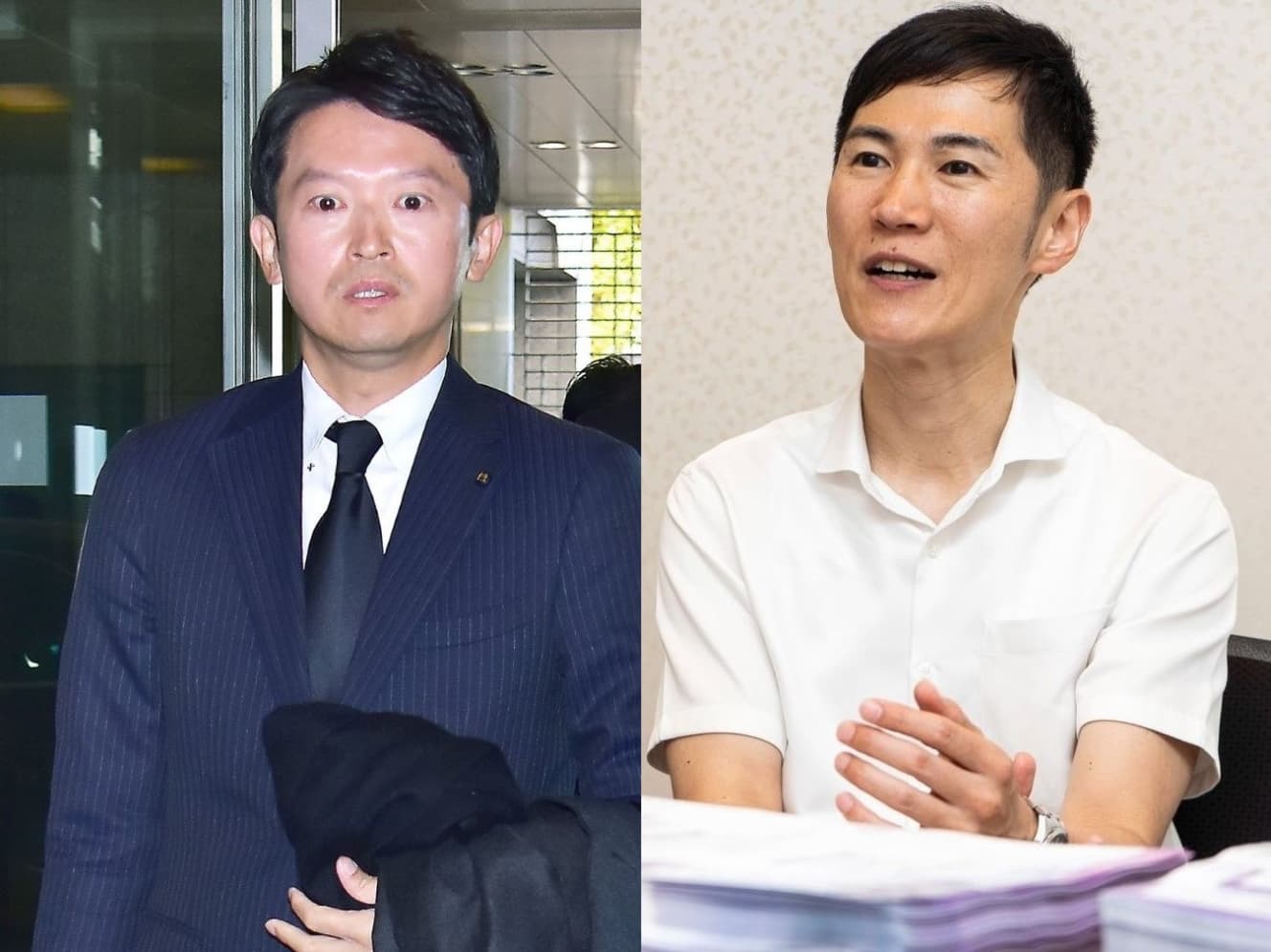Shinji Ishimaru’s New Party Launches Amid Concerns Over Seed Planting and Stealthy SNS Tactics

Shinji Ishimaru, the former mayor of Akitakata City in Hiroshima Prefecture who created a sensation in this summer’s Tokyo gubernatorial election, is finally making his move.
In a YouTube video released on November 12, Ishimaru declared:
“Those who are thinking of becoming a member of the Tokyo Metropolitan Assembly, please start preparing. Let’s work together to drive Tokyo forward.”
He announced his plan to form a new regional political party in preparation for next summer’s Tokyo Metropolitan Assembly election (127 seats).
Blaine includes the God of Election
“The preparations are progressing, and the ‘god of elections,’ Shinnosuke Fujikawa, who also supported Ishimaru in the Tokyo gubernatorial election, has been confirmed as part of the team. It seems most of the key staff members will remain unchanged. A press conference is expected to be held in December, during which the ‘application requirements’ for candidates will be announced. Ishimaru himself may conduct interviews,” said a reporter covering Tokyo politics for a national newspaper.
On November 24, Ishimaru attended an event in Kyoto that discussed regional political parties. Looking ahead to the Tokyo Metropolitan Assembly election, he stated:
“I have absolutely no intention of endorsing the concept of a ‘governor’s ruling party’ within the dual-representation system. My goal is to achieve local politics that embody a healthy dual-representation system.”
Ishimaru aims to secure a significant number of elected candidates in the assembly election to gain a level of influence comparable to Tokyo Governor Yuriko Koike.
One rumored to be joining this “Ishimaru New Party” is Shun Otokita, a former member of the Japan Innovation Party (Nippon Ishin no Kai) who lost in the recent House of Representatives election. Despite a favorable tailwind for opposition parties, Ishin failed to increase its seats in the election, resulting in a significant defeat. Nobuyuki Baba stepped down as the party’s leader.
“In Kansai, the Japan Innovation Party (Ishin) is relatively strong, but its influence diminishes the farther east you go. Additionally, the relationship between veteran Ishin members and the ‘Tokyo Ishin,’ led by figures like Otokita, has been strained,” said a political reporter for a national newspaper.
After his election loss, Shun Otokita participated in a TV program documenting his drastically changed lifestyle. He revealed that he was “undecided” about whether to run in next year’s House of Councillors election or make another attempt in the House of Representatives election.
“I will not be joining the Ishimaru New Party,” he stated firmly. However, according to an insider within Ishin:
“If he himself says he wants to join the Ishimaru New Party, we won’t stop him. I’ve also heard that some members of Tokyo Ishin are already exploring the possibility of joining Ishimaru’s party.”
Shinji Ishimaru garnered 1,658,363 votes in the Tokyo gubernatorial election, second only to Governor Yuriko Koike, surpassing figures like former Constitutional Democratic Party member Renho, earning the label “Ishimaru phenomenon.” If this momentum continues, it could cause a significant impact in next summer’s Tokyo Metropolitan Assembly election.
However, one concern is the ongoing controversy surrounding Hyogo Governor Motohiko Saito, which has drawn considerable attention.
The exact opposite in terms of methods
The female president of a PR company, who reportedly handled all of Saito’s campaign PR strategy, revealed the intricacies of the campaign’s “SNS strategy” in a note article. Among the details was a flowchart labeled “Seed Planting,” “Cultivation,” and “Harvest,” outlining a strategy for gaining voter support.
While questions remain about the credibility of these claims and whether her actions violated election laws, the revelation that Saito’s seemingly grassroots campaign was actually meticulously planned—and potentially resembled stealth marketing—has disillusioned many supporters.
On November 25, Shinnosuke Fujikawa, who served as Ishimaru’s campaign strategist, appeared on BS Nippon TV’s Deep News. He categorically stated that the SNS strategies of Ishimaru and Saito were different.
Fujikawa argued that Ishimaru’s campaign gained traction when his pre-existing YouTube videos began spreading on social media, serving as the ignition point. He further explained:
“In Ishimaru’s case, it’s about intuition. His approach is not policy-centric but rather highlights his personal experiences. On the other hand, Saito, being a former bureaucrat, engages in detailed policy debates. Their methods are completely opposite.”
A political insider noted:
“Even so, Ishimaru will likely feel some impact. The casual, feel-good atmosphere won’t work anymore. After the Saito controversy, more people are approaching SNS highlight videos with skepticism, questioning, ‘Is this really true?’ It’s a good development that more voters are scrutinizing the substance of policies, not just appealing phrases.”
Traditional media, often referred to as old media, is also committing to stricter fact-checking than ever before. Will the Ishimaru fever reignite? Only time will tell.
PHOTO.: Takeshi Kinugawa (Saito) and Takayuki Ogawauchi (Ishimaru)